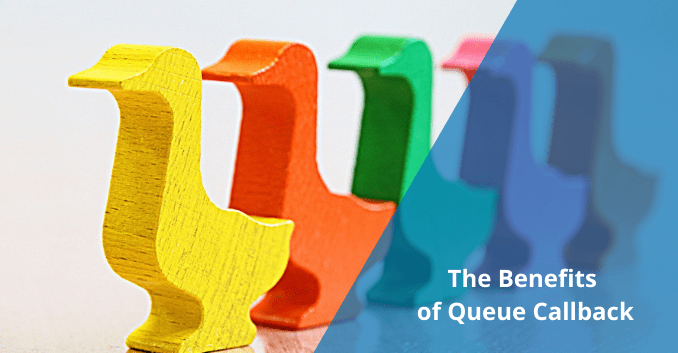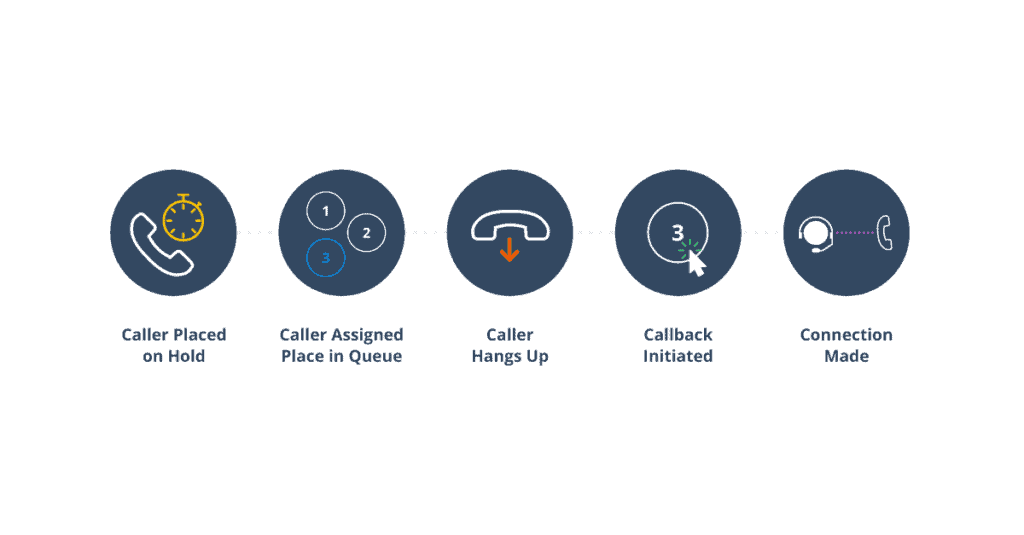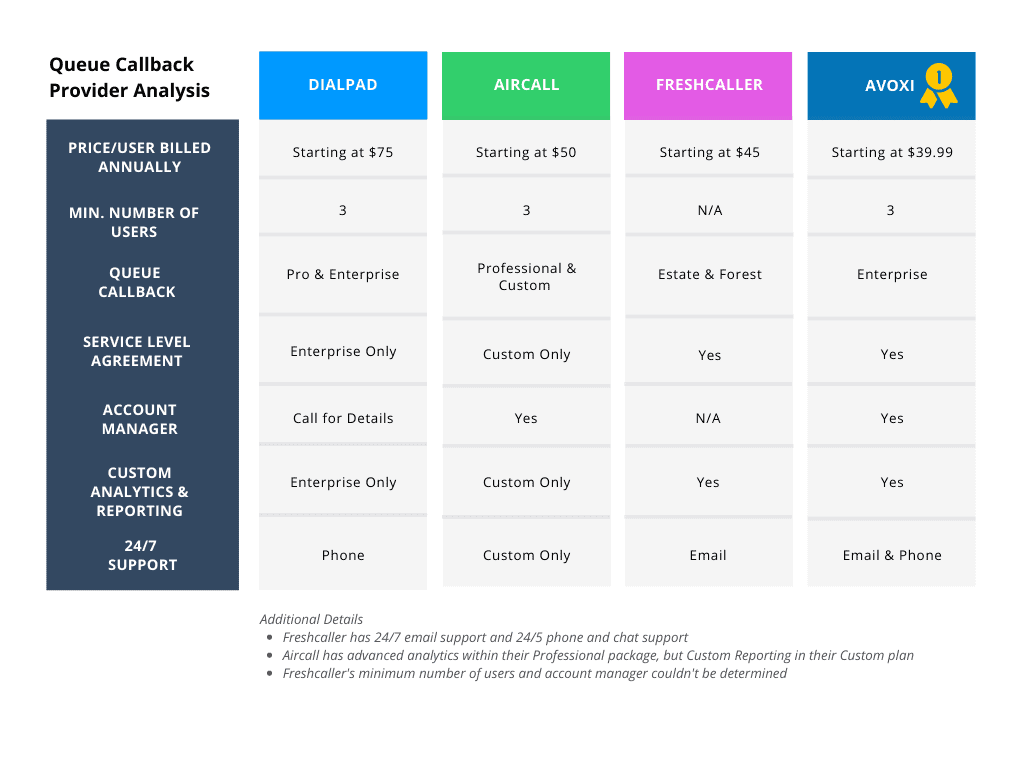Leave On-Hold Behind: The Benefits of Queue Callback

When customers have questions, they don’t want to hear “We’re sorry, but all agents are currently assisting other customers.” playing through the IVR. Nobody enjoys being tethered to their phone just to connect with support. Instead, they want fast and easy conversations that resolve their issues.
Customers have exceedingly high expectations and if your business can’t keep up, the likelihood of them going elsewhere is greater. According to a Google Survey, customers today consider even a two-minute hold time too long. What customers want is a quick solution so they can get on with the rest of their day!
That’s where Queue Callback comes into play - a customer-first technology that empowers customers with a choice. When implemented with clear and concise messaging and routing prompts, queue callback is a win-win for contact centers and customers! A callback can do so much for your business. In this article, we’ll explain the benefits of queue callback, its cost, how it works, and why it belongs within your contact center infrastructure.
What’s Queue Callback?
Queue callback is an indispensable part of your contact center software, as it maximizes your team’s efficiencies and prioritizes workflows to improve the customer experience. Also referred to as VoIP Callback, this feature saves your customer’s place in line with a virtual hold when activated. Once the virtual hold moves to the front of the line, he or she will receive a return call from an agent ready to assist them.

It’s a great feature to boost your service level strategy. When queue callback is offered, customers feel that their time is valued by your brand, agent productivity improves, and team morale soars.
The Benefits of Queue Callback
1. Decrease Call Abandonment
Customers that call into your business want immediate assistance. Being on hold for a long time can make them feel angry and slowed down, resulting in a greater number of hang-ups.
Managers can activate queue callback within their IVR system. It gives customers time back in their day with a virtual reservation spot. Callback technology has shown to decrease abandonment by 32%. A virtual hold is very much an active hold in reporting and only counts as an “abandoned call” if the caller rejects the agent’s returning call.
2. Improve Customer Satisfaction
It’s not surprising that more than 60% of customers prefer a callback option over waiting on hold. Integrating this feature into your communications platform tells customers that you respect their time, empowering them to feel more in control of their call center experience.
Letting customers get back to their daily grind may positively impact their moods (and your most important KPIs), which can bring great relief to your team when speaking with contacts. Lengthy queues are a headache - improve your CSAT, CX, and additional Service Level metrics like Average Speed of Answer and Abandonment Rate with callback software that puts your customers and team members at ease.
3. Prioritize Agent Workloads
A rapid surge of inbound calls weighs heavily on your team. When agents are swamped with calls, giving customers the best experience may seem near impossible without the right technologies in place.
When a caller initiates a callback request and their hold has moved to the top of the queue, agents can then make return calls from either their AVOXI software or business integration tools. Screen Pops will notify the agent of the caller’s information and details of previous interactions before the conversation begins.
The Advanced Analytics and Reporting tool allows managers to measure the impact that virtual queueing has on their call center metrics, providing a quantitative approach to decision making for the teams they supervise.
How Queue Callback Works in AVOXI
AVOXI’s queue callback works to improve abandoned rates, team performance, and customer satisfaction. It’s an IVR feature that communicates directly with our contact center software after accepting a contact’s callback request, and then the next available agent places the outbound call from his or her dashboard and/or CRM or Helpdesk business tools. Here’s how it works:
- Step 1: Select the condition that’ll trigger a callback request.
- Step 2: A callback message is played once the condition is met.
- Step 3: After the contact has initiated a callback request, the system will automatically record the number the caller dialed in on to use to call back.
- Step 4: Contact hangs up and a virtual hold is activated. When they reach the front of the queue, AVOXI initiates a callback and disposition label for reporting.
- Step 5: Contact receives an automatic message informing them that this is the callback that was requested. Contact can either accept or reject the call.
How Much Does Queue Callback Cost?
Queue callback is a popular feature found across many contact center platforms. Below, we’ve analyzed the leading contact center software providers - and the packages they offer - so you can see which offering works best for your business needs.
 Leaving On-Hold Behind
Leaving On-Hold Behind
With queue callback enabled in your contact center, you’ll enjoy several great benefits while keeping your customers happy with top-notch customer service. Brands just like yours can improve their call center KPIs like call abandonment and CSAT, prioritize agent workflows and internal processes with this simple feature. Don’t wait any longer - give more time back to your customers today!
